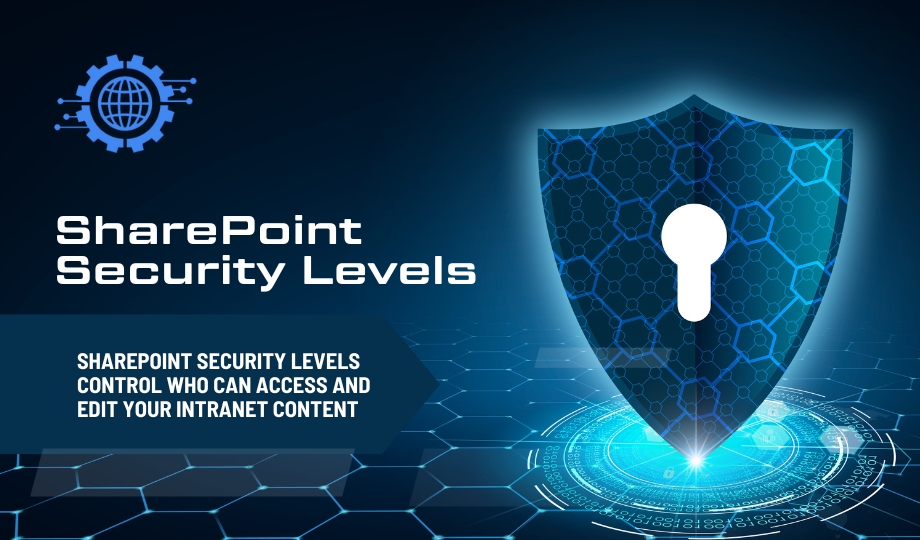SharePoint security levels allow you to control who can access and edit your intranet content. There are six default SharePoint security levels:
- Full Control: Users with the Full Control permission level can access and edit all content in a site or library, including permissions.
- Design: Users with the Design permission level can create and edit site pages, lists, libraries, and other site elements. They can also manage site navigation and permissions.
- Edit: Users with the Edit permission level can create and edit content in a site or library, but they cannot manage permissions.
- Contribute: Users with the Contribute permission level can create and edit content in a site or library, but they cannot create lists or libraries or manage permissions.
- Read: Users with the Read permission level can view content in a site or library, but they cannot create or edit content or manage permissions.
- Limited Access: Users with the Limited Access permission level can only view the content that they have been explicitly granted access to.
You can also create custom security levels to meet the specific needs of your organization.
To assign security levels to users and groups, you can use the SharePoint permissions settings. You can assign security levels to individual users, groups of users, or security groups.
Here are some tips for using SharePoint security levels:
Use the least privilege principle. The least privilege principle states that users should only be granted the permissions that they need to perform their jobs. This helps to improve security and to reduce the risk of unauthorized access to content.
Review your security levels regularly. It is a good idea to review your security levels regularly to ensure that they are still appropriate for your needs. You may need to add or remove permissions from users or groups as your organization changes.
Use audit logs to track changes to permissions. SharePoint audit logs can be used to track changes to permissions on sites, libraries, and lists. This can help you to identify unauthorized changes to permissions and to take corrective action.
By following these tips, you can use SharePoint security levels to control who can access and edit your intranet content and to improve the security of your intranet.
Here are some examples of how you can use SharePoint security levels:
- Assign the Edit permission level to users who need to create and edit content in a site or library.
- Assign the Contribute permission level to users who need to create and edit content in a site or library, but who do not need to create lists or libraries or manage permissions.
- Assign the Read permission level to users who need to view content in a site or library, but who do not need to create or edit content or manage permissions.
- Assign the Limited Access permission level to users who only need to view specific content in a site or library.
These are just a few examples. You can use SharePoint security levels to control who can access and edit your intranet content in any way that meets the needs of your organization.

